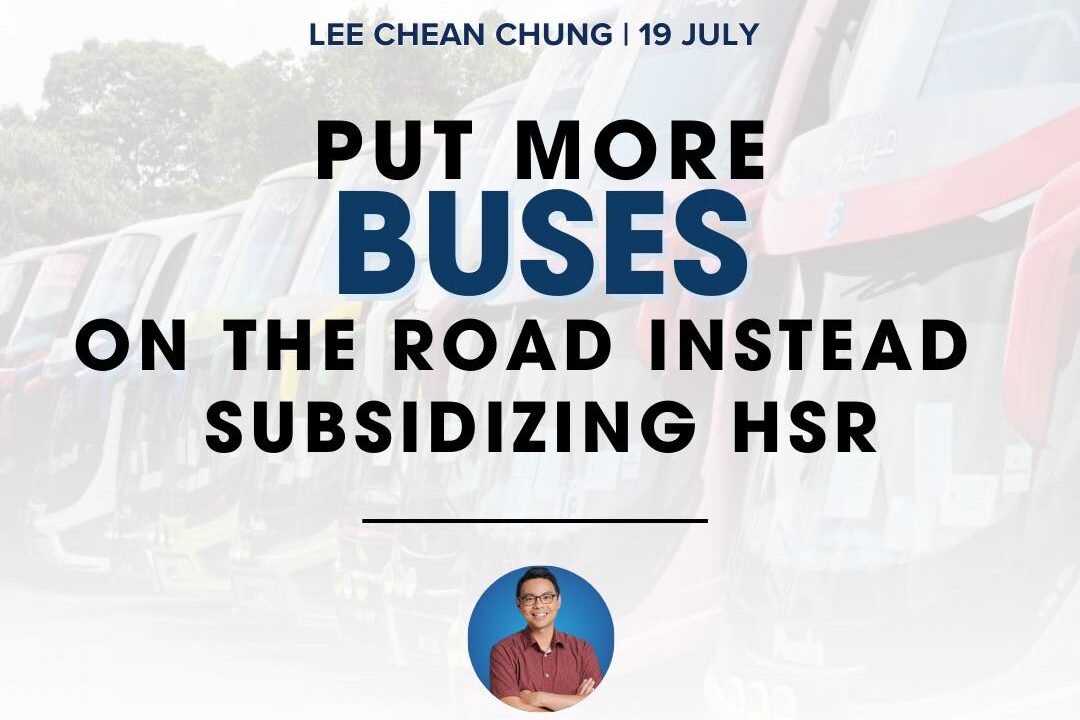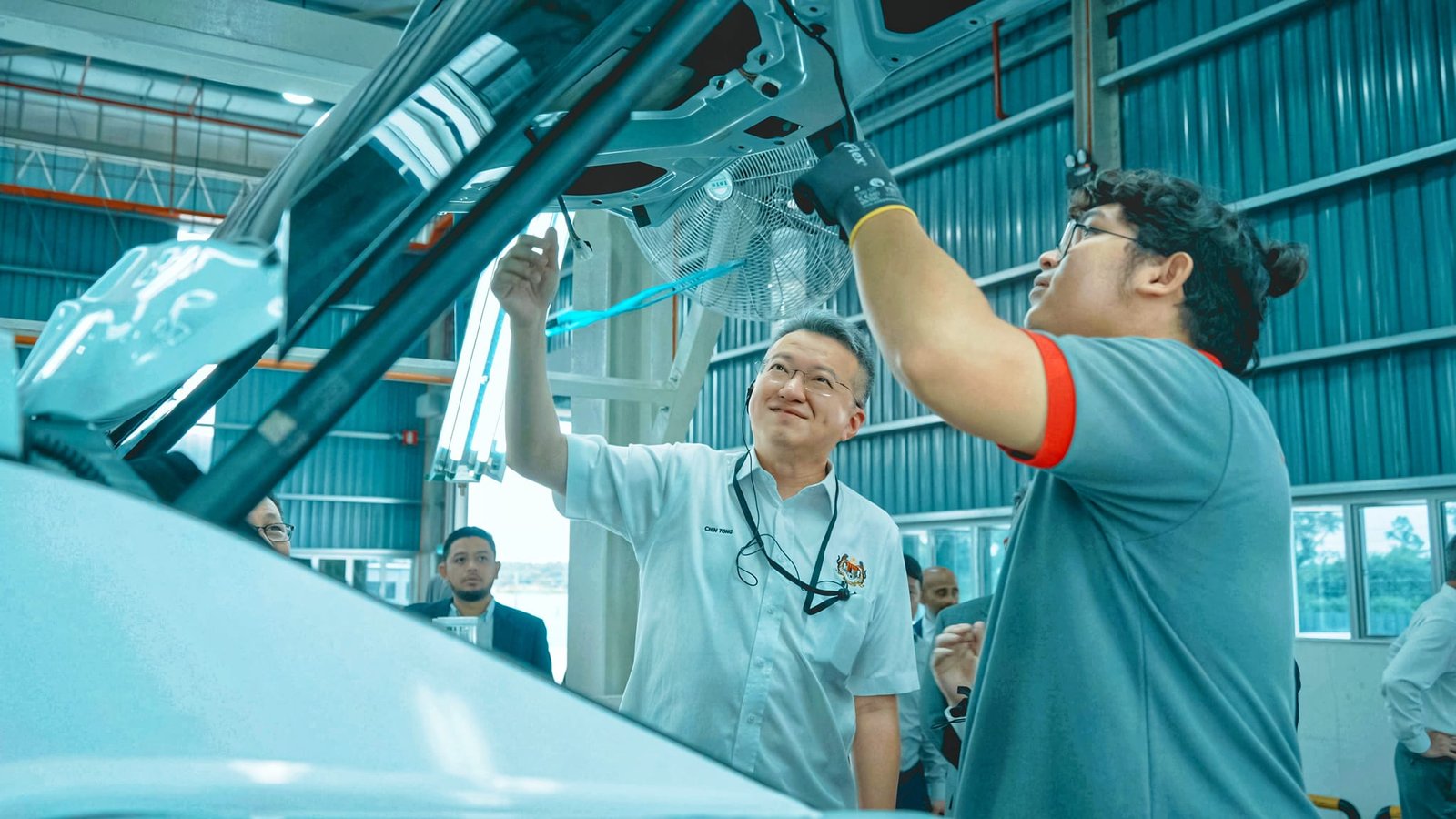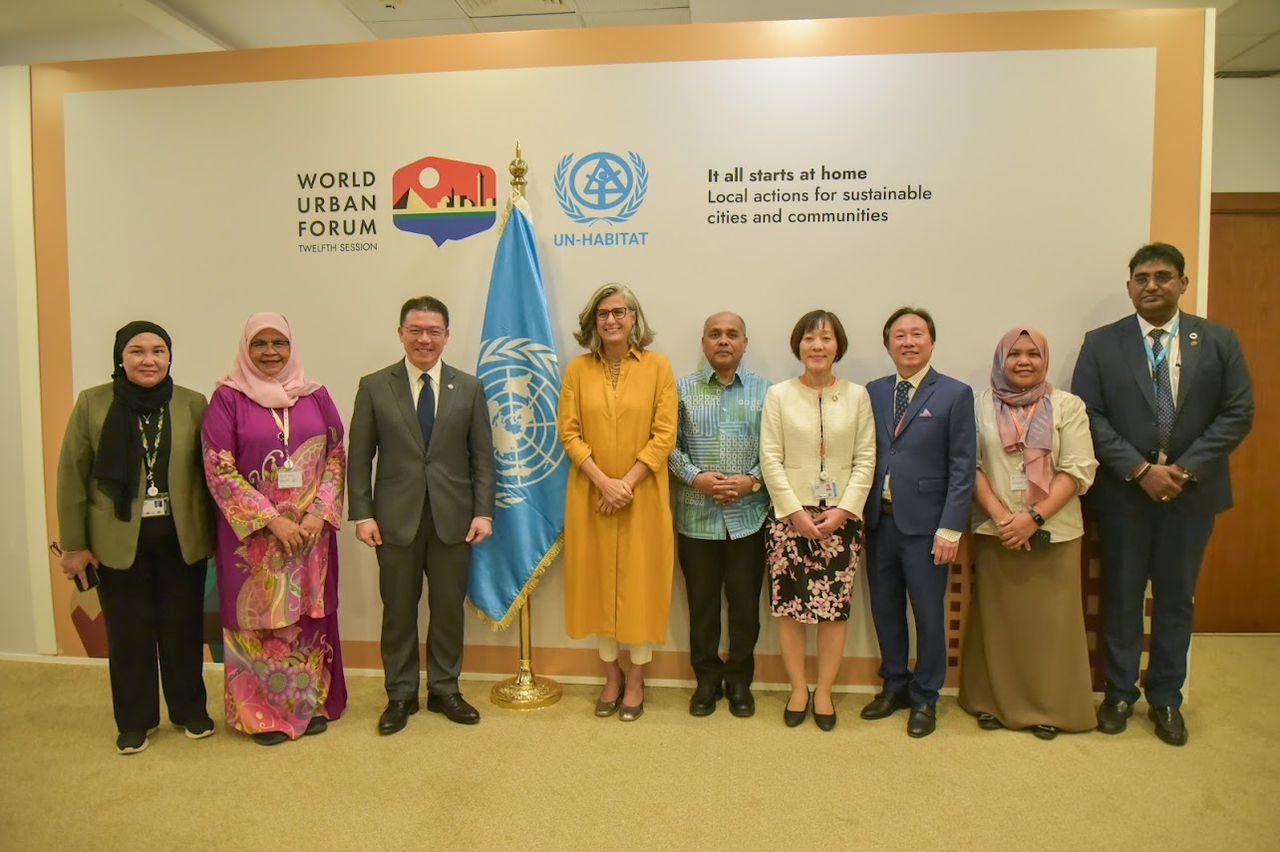I read with concern on Transport Minister Anthony Loke’s statement that the fate of Singapore-Malaysia High Speed Rail (HSR) project will be decided by fourth quarter of 2024. On top of that, according to the statement, the government officials are not ruling out assistance for the project that carries a price tag of about RM100 billion.
Subsidizing HSR will definitely add to the burden on government’s coffer, especially while the government is still undergoing the painful gestation for East Coast Rail Link (ECRL) – another RM75 billion mega rail project that is slated to be completed by early 2027.
Today, Klang Valley alone is short of 4,000 buses to make the service reliable and efficient. And shockingly, as of last year, only about half of the 1,800 buses are operating because of a lack of bus captains and many buses were under maintenance. Are things turning to be better now?
Shortage of buses causes less passengers to be fed to the rail system. Indeed, it is the main contributing factor to the low ridership of MRT1 and MRT2, as reported by the Auditor General’s report.
On top of this, big cities like Johor Bahru, Melaka, Seremban, Kota Kinabalu and others do not have comprehensive public urban bus services. The old buses have been retired, only to be replaced with more cars, not newer buses.
Assuming by adding 8,000 buses on the road, 4,000 within Klang Valley and another half out of the metropolitan, plus RM1 billion to improve bus stops, walk-ways and bicycle lanes, the total cost is only RM5 billion, or 5% of the total bill of HSR. The good news is that the expansion can be achieved by fostering partnerships with private companies to lower public financing cost, yet ensuring a satisfactory bus frequency, wider coverage and higher comfort level.
Instead of prioritize subsidizing mega projects like HSR, i urge the government to tackle the low-hanging fruits – immediately adding more buses on the road. The focus on first-and-last-mile connectivity will surely connect more rakyat to urban rail network, hence optimize the efficiency of the overall public transport system.




